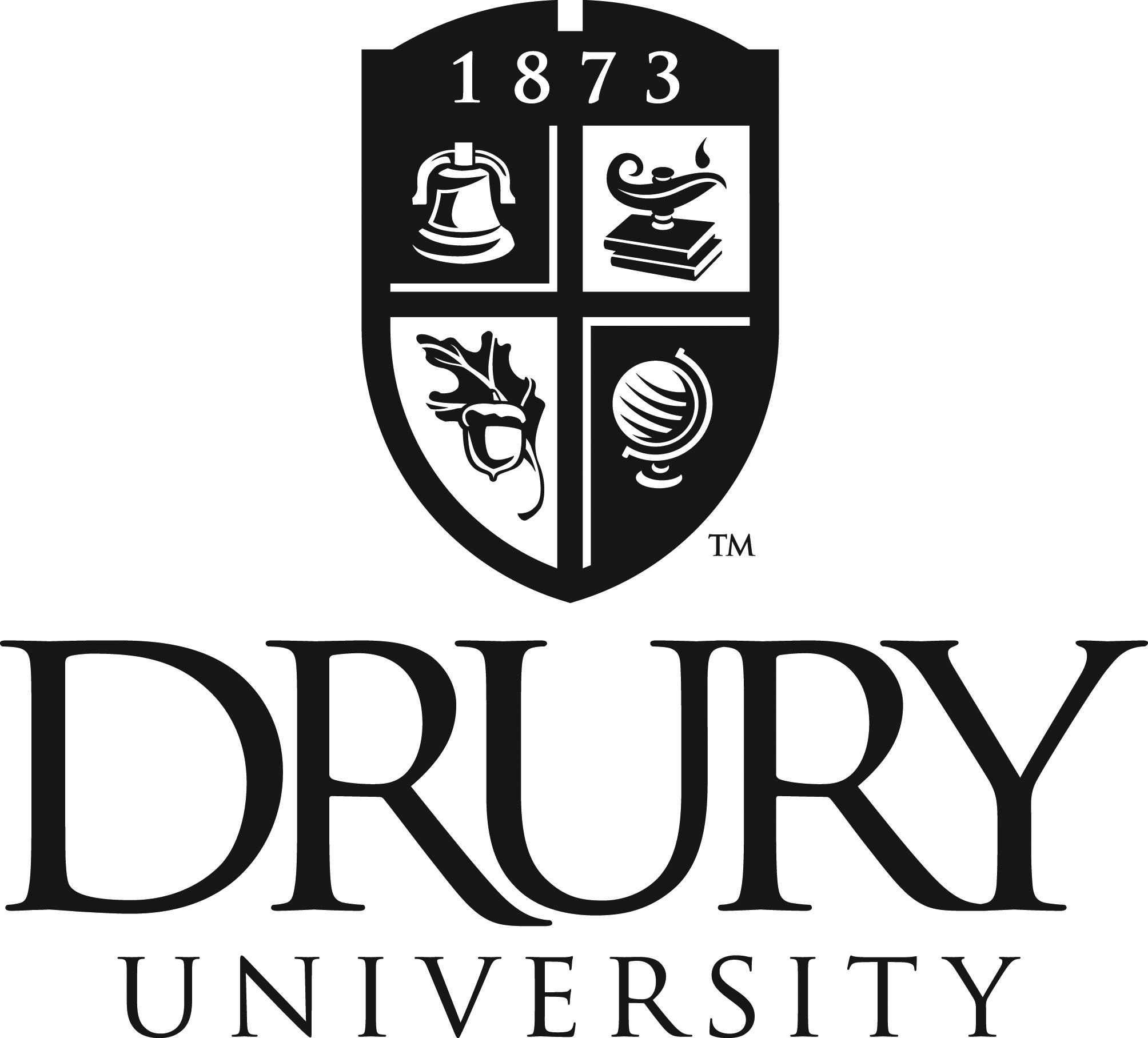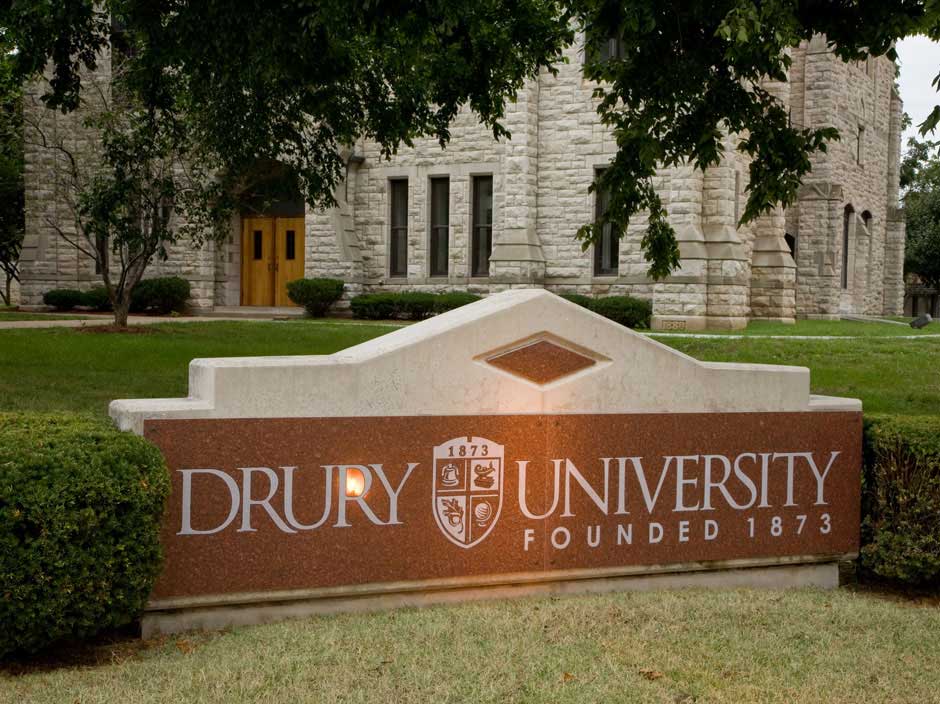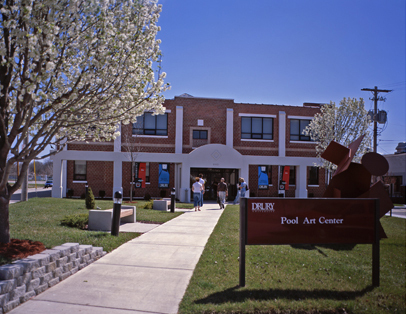Drury began in 1873. It was organized by Congregational home missionaries who felt the need for an academically strong liberal arts college in the area. Patterned after the Congregationalist liberal-arts colleges of the North, such as Oberlin, Carleton, Dartmouth, Yale and Harvard, the college would offer an environment of strong academic discourse and intellectual achievement. After much debate, Springfield was chosen over Neosho, Mo., as the college's location. Four men then joined to organize and endow what they named Springfield College: James Harwood and Charles Harwood of Springfield, The Rev. Nathan Morrison of Olivet, Mich., and Samuel Drury of Otsego, Mich. Drury's gift of $25,000 was the largest, and the college was renamed for his recently deceased son. Morrison was chosen as the first president; he rang the bell to begin classes on Sept. 25, 1873.
The early curriculum emphasized educational, religious and musical strengths. Students came to the new college from a wide area, including the Indian Territories of Oklahoma. In 1875, Drury celebrated its first graduating class which was comprised of five students, all of whom were women.
Drury started small, in a single building. When classes began in 1873, the campus occupied less than 1½ acres. Twenty-five years later the 40-acre campus included Stone Chapel, the President's House and three academic buildings. Today, there is an 90-acre campus, including the original site, but with facilities not envisioned by the founders.
Drury College became Drury University on Jan. 1, 2000, reflecting its growing role in higher education. In addition to the academic programs of the early years, Drury students today study in the Breech School of Business Administration, the Hammons School of Architecture, School of Education and Child Development and the departments of mathematics and sciences, social sciences, exercise and sport science, to name a few. The list of majors and minors Drury offers has grown too and now includes high tech ones such as computer science and e-commerce.
Drury was one of the first universities in the state to offer continuing education and evening classes to meet the needs of non-traditional students. Today the College of Continuing Professional Studies serves nearly three thousand students, in Springfield and at locations throughout Missouri.
Unchanged is the commitment to providing a quality academic experience; preparing students for working and living in today's world; learning the value of service to their communities, and experiencing diversity.
The two cannons that sit proudly in front of Pearsons and Burnham Halls are field pieces from the Civil War. The legend says that in 1885 or 1886, the governor of Missouri distributed several similar cannons to various counties for patriotic display. The two cannons sent to Greene County moved around from place to place for several years before Drury was chosen as a neutral location.
Soon after the cannons were moved to the college campus, one disappeared. For the years afterward, the remaining cannon stayed in its place in front of Pearsons Hall, occasionally used in parades and fired at patriotic celebrations. It also occasionally had a way of going off right on the campus. When boys from Springfield High School borrowed the cannon for a celebration in 1905, and Drury's business manager said they were free to keep it, Drury students took it upon themselves to reclaim it and return it to its normal place. It was then that it was decided to mount the cannon on a solid stone pedestal.
In 1913, the cannon that had been lost for about 20 years turned up. The employees of the Frisco shops where it was found had been occasionally using the piece for there own patriotic celebrations. A negotiation between Drury students and the Frisco supply keeper resulted in the cannon's return to its spot in front of Burnham Hall, where it was mounted like the first. The two still remain on display, seemingly guarding Drury's two halls as they sit atop their stone pedestals.
Traditional Values
Drury is a small, liberal arts university that has held to its core values since its establishment in 1873. These values find their origins in Drury's unique church affiliation, and they are responsible for an academic and spiritual environment that provides students with unique opportunities and advantages.
Drury’s tradition encourages students to explore ethics and spirituality in a non-judgmental, tolerant atmosphere that cherishes diversity. This atmosphere is described quite well in early 20th century college literature:
"Nothing is more important than that...individuals work out for...themselves [sic]...a satisfactory philosophy of life... while avoiding the offenses of sectarianism, the church-related college is able to give its students definite help in arriving at adequate standards of value in relation to religion and the spiritual life."
The need for a satisfactory philosophy of life has not been diminished in the complex global community that characterizes the twenty-first century.
Drury has, for more than 135 years, maintained a commitment to small classes and personal interactions among students, staff, faculty, and administration that will serve today’s students quite well. Early 1900s college literature emphasized small size as a means to
"...maintain an intimate personal relationship between... student(s) and...teachers, as well as among the students themselves. This affords a distinct advantage...(for) youth...seeking to find (their) proper place in life and to develop the latent resources of... character and personality."
More than 80 years later, in an America quite different from what it was during the Great Depression when those words were written, those advantages are still vital, desirable, and available at Drury.
Architecture
Art & Art History
Behavioral Sciences
Biology
Business Administration
Chemistry
Communication
Education
English
Environmental Programs
Exercise & Sport Science
History
Political Science & Geography
Languages
Library Science
Mathematics & Computer Science
Music
Philosophy & Religion
Physics
Theatre
1) Minimum Test of English as a Foreign Language (TOEFL) score of 530 (paperbased test) or 72 (Internet-based test). Scores of 533 (paper-based test) and above qualify for an academic scholarship. Students may be admitted to EAP coursework if they score a TOEFL PB 480-529 (or IBT 54-70); IELTS 5.5; or SAT Critical Reading 400-499. Possible placement in English for Academic Purposes (EAP) courses is determined by an English language assessment and advising during new student orientation prior to the beginning of each semester. Students receive degree credit for EAP courses.
2) A minimum score of 1500 (500 Verbal) on the Scholastic Aptitude Test (SAT) or 21 composite on the American College Test (ACT) is required instead of TOEFL for students from Australia, Canada, New Zealand and the United Kingdom. SAT or ACT scores are optional for all others. However, if available, students are requested to submit them. Scores of 1650 SAT or 24 ACT and above qualify for an academic scholarship.
3) University of Cambridge International English Language Testing System (IELTS): 6.0.
4) British System A levels (qualifies for academic credit): minimum grade of C in English.




2014 © a2fairs. All Rights Reserved. powered by twopulse.com